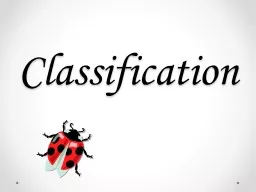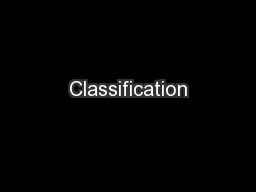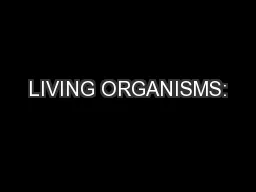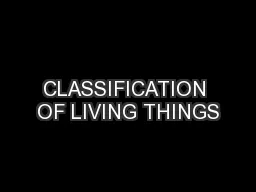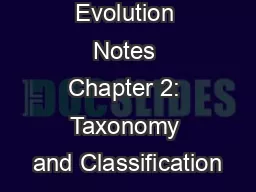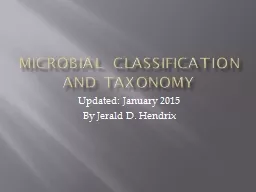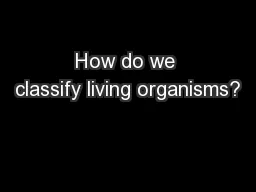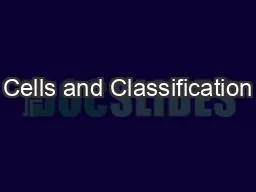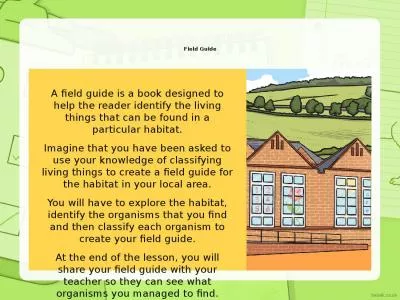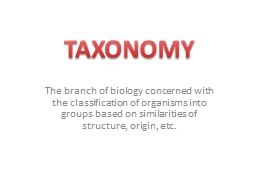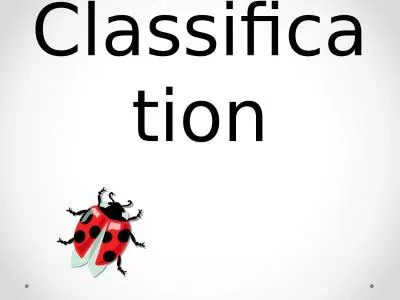PPT-Classification I can classify living organisms?
Author : QueenBee | Published Date : 2022-08-04
Standards GSE S7L1 Obtain evaluate and communicate information to investigate the diversity of living organisms and how they can be compared scientifically GSE 7L1b
Presentation Embed Code
Download Presentation
Download Presentation The PPT/PDF document "Classification I can classify living org..." is the property of its rightful owner. Permission is granted to download and print the materials on this website for personal, non-commercial use only, and to display it on your personal computer provided you do not modify the materials and that you retain all copyright notices contained in the materials. By downloading content from our website, you accept the terms of this agreement.
Classification I can classify living organisms?: Transcript
Download Rules Of Document
"Classification I can classify living organisms?"The content belongs to its owner. You may download and print it for personal use, without modification, and keep all copyright notices. By downloading, you agree to these terms.
Related Documents

